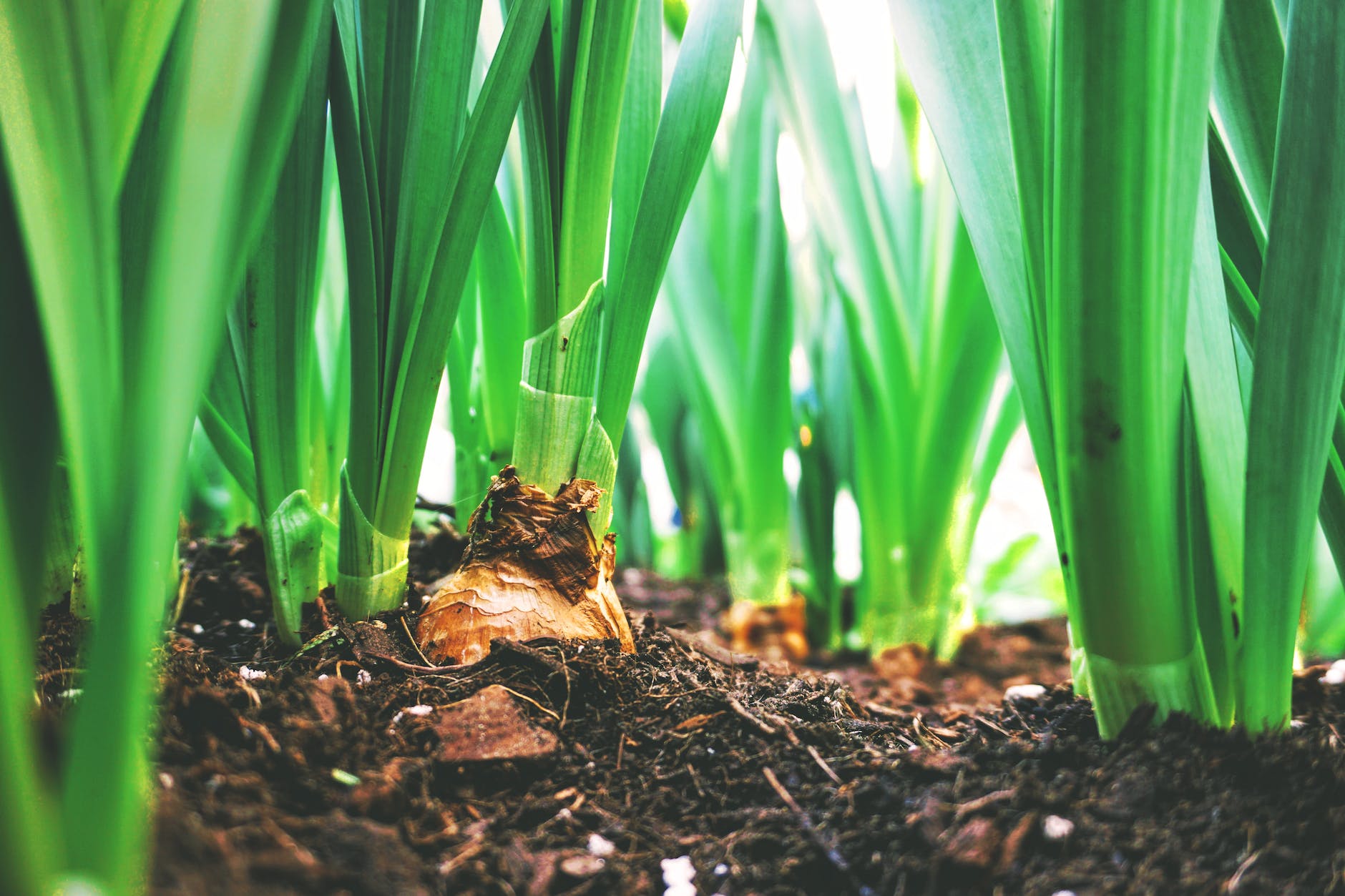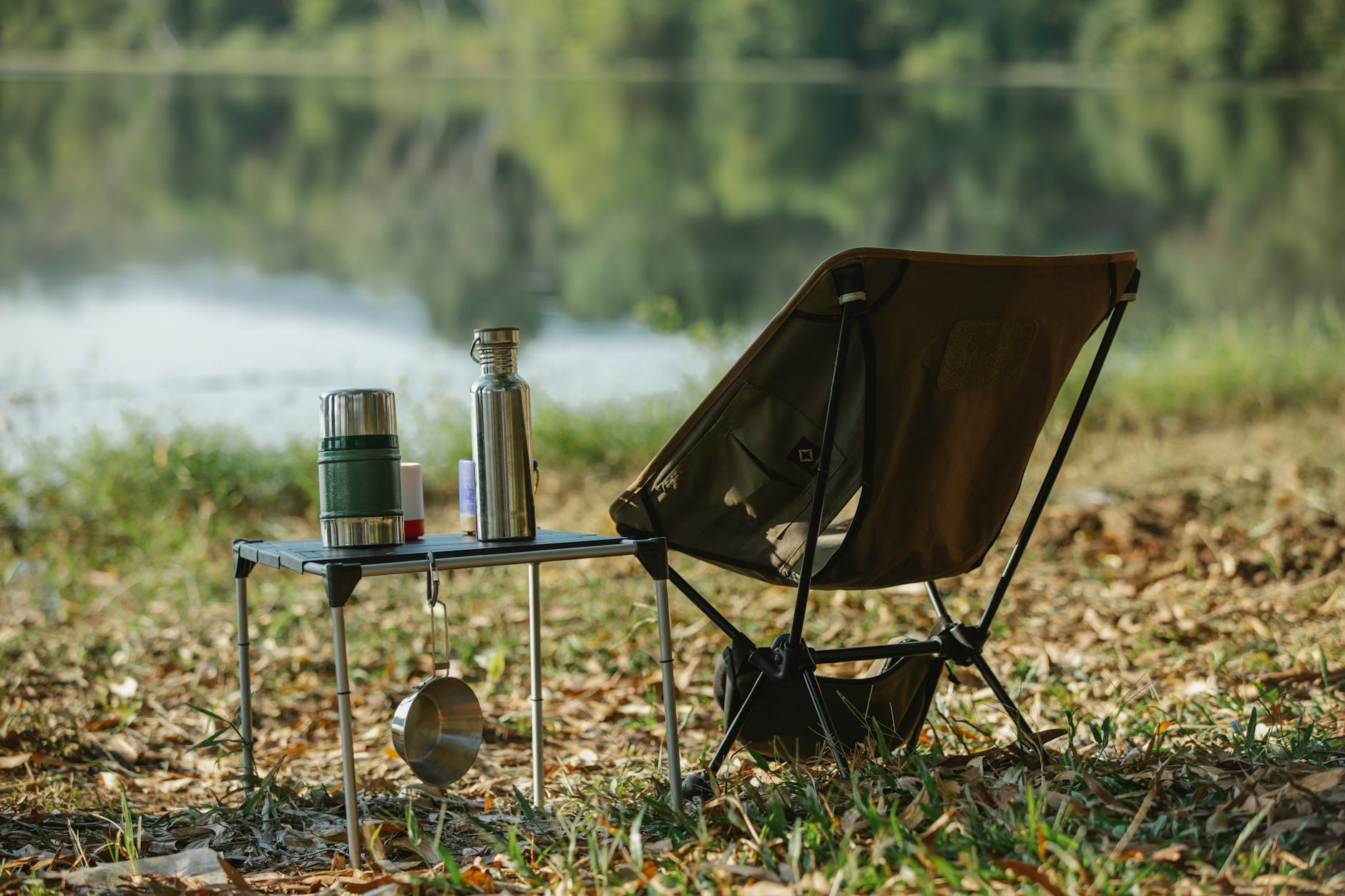—
The cultivation of cannabis has significantly evolved over the years. This transformation has made it possible for cannabis enthusiasts to nurture their own marijuana plants indoors. Indoor cultivation is not just a hobby for certain cannabis enthusiasts. It’s a practical and rewarding approach to controlling the quality and quantity of their yield. This article aims to guide you on how to successfully grow cannabis indoors.
Starting with the basics, selecting the right cannabis seeds is critical. There is a variety of strains to choose from, each with unique needs and characteristics. Pick a strain that suits your preferences and comfort level in terms of growth complexity, size, yield, and maturity timeframe.
The next step involves setting up the grow space. While one can easily transform a closet or a corner into a growth area, certain considerations need to be made. One of these key considerations is lighting. Cannabis plants need ample light to grow and mature properly. Precisely calibrated grow lights provide the right wavelengths of light favorable for marijuana growth.
Many indoor cultivators rely on hydroponics — a soil-less system that uses water and nutrients to grow plants. Hydroponics offers significantly faster growth and higher yields. However, it may demand a bit more attention to details over the typical soil-based cultivation.
Once the setup is complete, it’s time to plant the cannabis seeds. Proper planting techniques, proper watering, and maintaining the right temperature are essential for successful germination. Overwatering is a common mistake that can lead to the death of a plant, so it’s crucial to monitor and maintain proper water levels.
Temperature control plays a tremendous role in the success of indoor cannabis cultivation, too. Ideally, a daytime temperature of around 70-85 degrees Fahrenheit during the vegetative stage and about 70-80 degrees during the flowering stage is fitting.
Alongside regulated temperature, the question of proper ventilation must not be neglected. Adequate air exchange ensures that plants have fresh carbon dioxide to absorb, a constituent piece in the growth cycle.
The nutrient requirements of the cannabis plant are paramount. Marijuana plants need a various mix of nutrients, including Nitrogen (N), Phosphorus (P), and Potassium (K), alongside other secondary and micronutrients for their optimal development. A battle-tested nutrient schedule equips the plant with what it needs at each growth phase.
One of the rewarding moments of indoor cannabis cultivation is harvesting. Knowing when to harvest requires an understanding of the plant’s life cycle and close monitoring of the buds. For most strains, the time to harvest typically springs up around eight weeks after the flowering stage begins.
For each step of this process, patience, care, and attention to detail are indispensable. The journey from seed to harvest might seem daunting at first, but over time, you’ll find the rhythm that works best for your particular scenario.
By following these tips and techniques, you should be well on your way to cultivating a healthy, bountiful crop of cannabis right in the comfort of your own home. Indoor cannabis cultivation offers an incredible opportunity to understand this intriguing plant while providing a gratifying experience when the fruits of your labor come to harvest.
Celebrated for its versatility, the cannabis plant is truly a marvel of nature. Therefore, to take a seed, nurture it, and see it bloom into a mature plant with countless beneficial properties is a rewarding experience, matched by few. Happy gardening!

